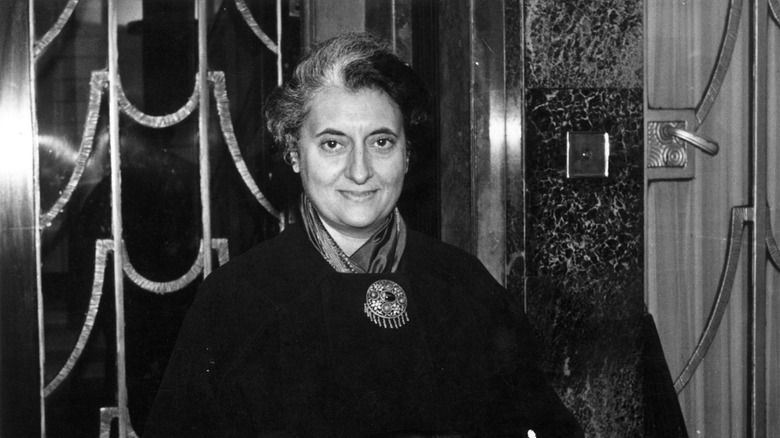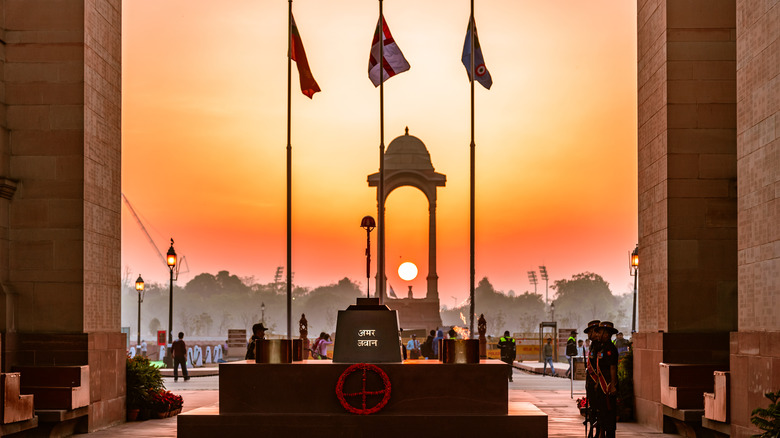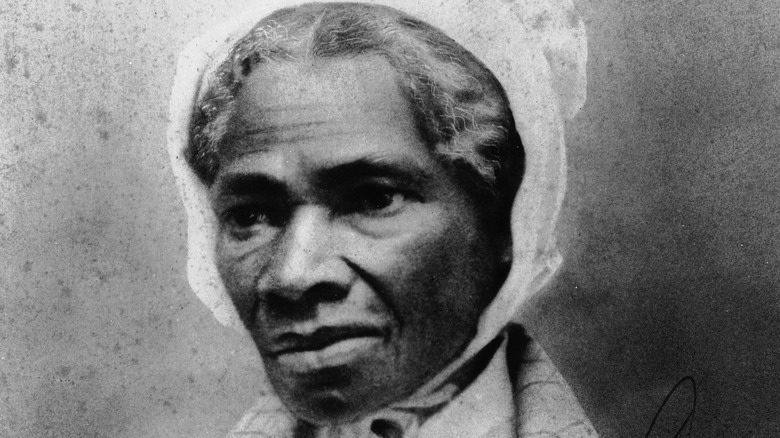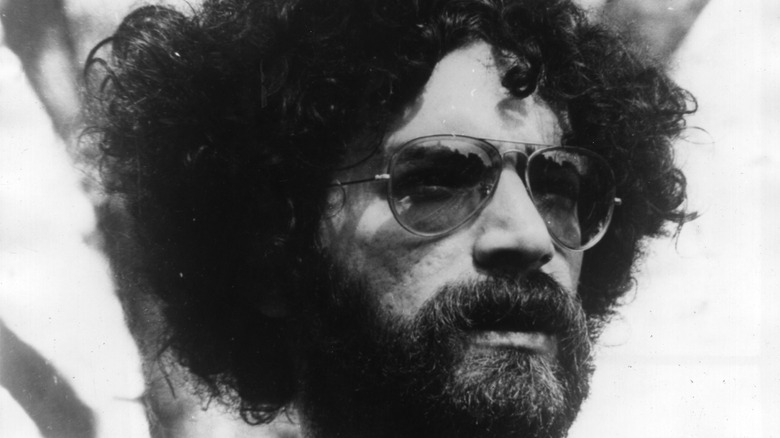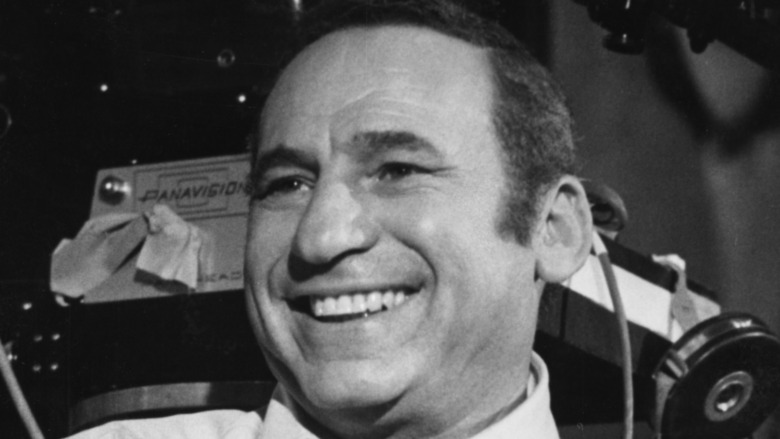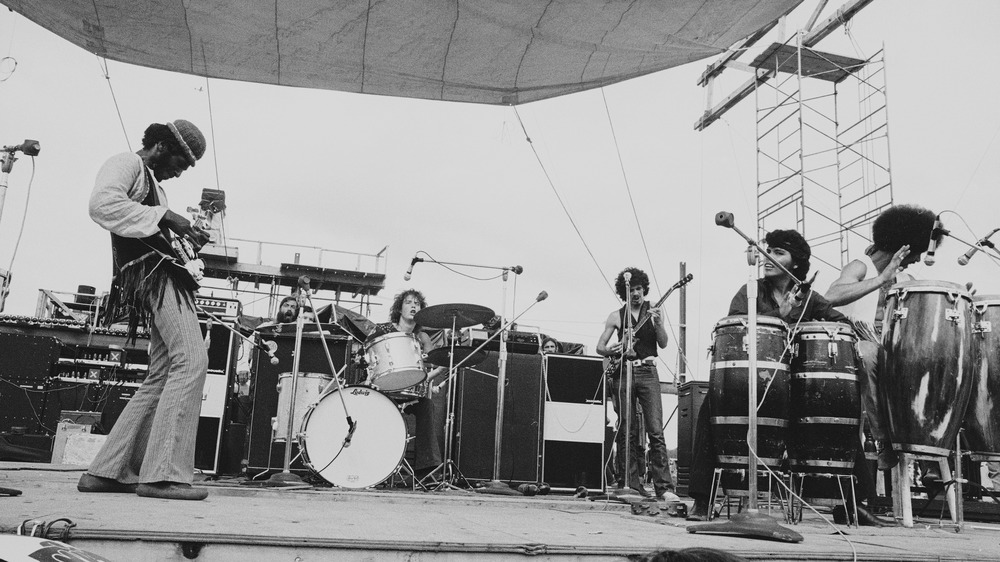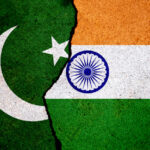
Details You Didn’t Know About The Indo-Pakistan War
Following the independence of India from the British in 1947 and its partition into the nations of India and Pakistan, the two Asian countries have had a fraught relationship. Though terrorist incidents at the border and disputes over Kashmir’s sovereignty have arguably been the biggest sources of tension between the two nations, it was the liberation of Bangladesh that brought about their biggest conflict, the Indo-Pakistan War of 1971.
The war lasted for less than two weeks — 13 days to be exact, making it one of the shortest wars ever fought. But though the war was short, the lead-up was much longer. Pakistan was undergoing massive civil strife, with the eastern part of the country desiring independence from the west in the Bangladeshi Liberation War. According to Business Standard, the Pakistani army — dominated by members from the Western Bloc — began to commit violent atrocities against the eastern Bengali people in a way to assert dominance, and anywhere from hundreds of thousands to millions of people were killed in the horrific process. Even worse, the army committed rape on such a large scale that Forbes deemed the conflict the first time in history where sexual assault “was consciously applied as a weapon of war.”
In light of such atrocities, millions of Bengalis began fleeing the border to India, teeing up the two-week war.
India quickly started winning major victories
The official start of the war began when Pakistan launched a preemptive strike on 11 Indian airbases, per Business Standard. However, India — led by Prime Minister Indira Gandhi — was ready to hit back after the strikes only caused minimal damage. Though Indian forces had historically preferred slow but strong actions, commanders this time around opted for swiftness, and the Indian air force quickly gained tactical superiority. The capital of East Pakistan, Dhaka, found its airfield destroyed within days, per Global Security. Moreover, the Indian navy quickly blocked the ports of East Pakistan, and Dhaka quickly fell once it was cut off from both resources and backup from the Pakistani army.
West Pakistan was also facing battles. Within hours of the war’s start, India’s navy launched Operation Trident, which targeted the main Pakistani city of Karachi. India’s superior naval capabilities meant that the attack took down a minesweeper, a destroyer, and a cargo vessel loaded with ammunition in the strike. The missiles also hit several fuel storage tanks in Karachi, lighting the harbor ablaze for hours. Meanwhile, India suffered no losses, and the date of the attack, December 4, is celebrated as Navy Day throughout India in honor of the massive victory.
The end came swiftly and had major consequences
After the success of Operation Trident, the Indian navy quickly planned a follow-up with Operation Python. It was another success for India, and Global Security noted that the Indian navy managed to blow up around 50% of the total fuel requirement of the Karachi zone in the battle. Though the war managed to continue for a few days afterward, Operations Trident and Python were arguably the two defining strikes that dictated the war.
It was not just the Indian armed forces that ensured the Pakistani loss. A group of rebel forces in eastern Pakistan known as the Mukti Bahini, aka “Freedom Fighters,” were also a major component. The group of militants, which had the support of the Indian government, managed to gain control of almost all the countryside by employing ambush and sabotage tactics, meaning the Pakistani army was often unable to travel in rural areas at night.
Also, the Mukti Bahini had been fighting for months before the Indo-Pakistan War began, which meant that the guerilla fighters had already lowered morale among Pakistani troops.
The cessation of warfare was officially declared on December 16, 1971. According to Business Standard, India had managed to capture around 93,000 Pakistani prisoners during the short-lived conflict. The direct result of the war was the creation of Bangladesh, which cost Pakistan around half of its landmass but delivered independence to 75 million former Pakistanis.

How Many Children Did Adam And Eve Really Have?
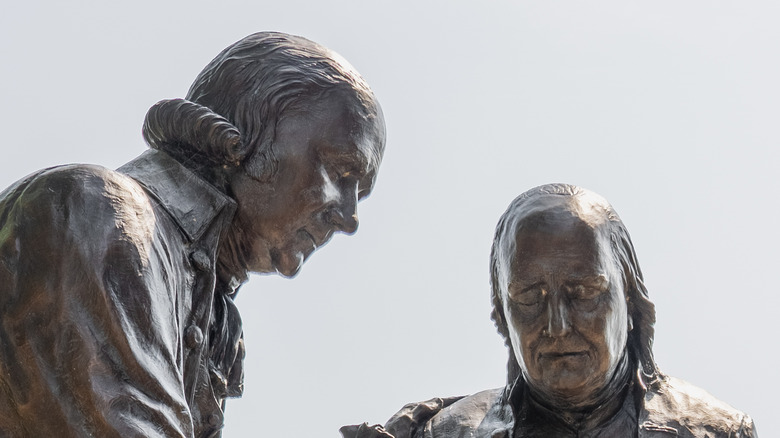
The Reason Why John Adams And Ben Franklin Once Shared A Bed
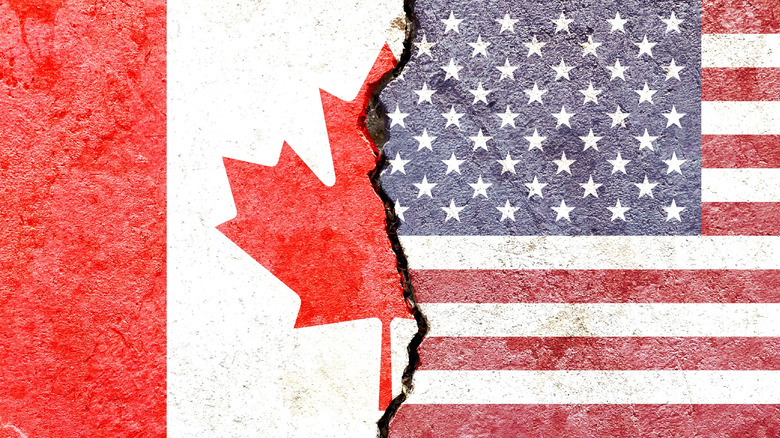
The Bizarre Plan The US Had To Invade Canada

The Truth About The Million-Year Rainstorm After The Triassic Era

The Truth About The Deadly Kaprun Railway Disaster
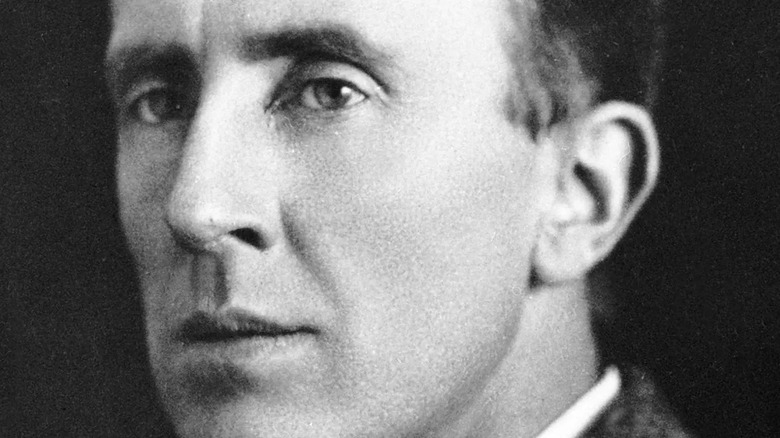
The C.S. Lewis And J.R.R. Tolkien Relationship Explained

The Mythology Of Dionysus Explained
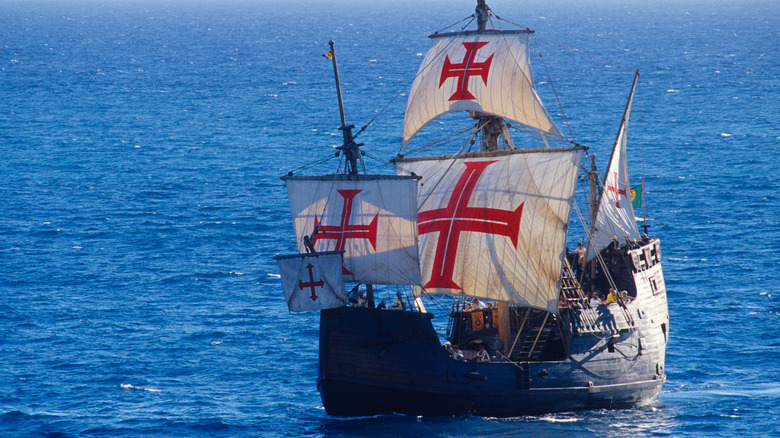
How Christopher Columbus Nearly Starved His Crew To Death
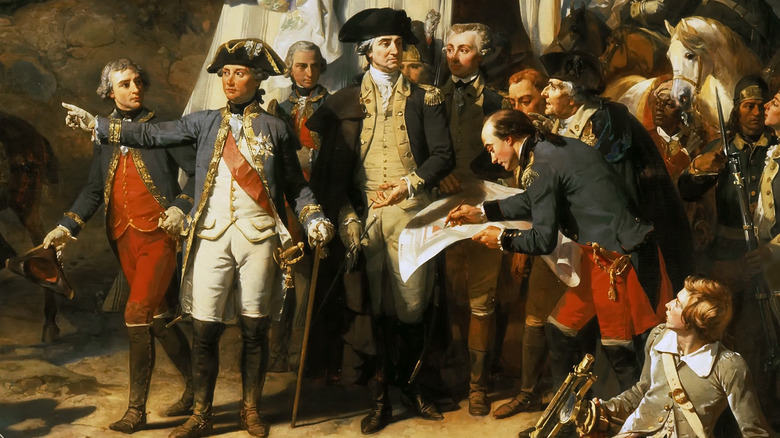
Here's Why General Cornwallis Surrendered In The Battle Of Yorktown

The Truth About King Henry VIII's Wives Who Died In Childbirth
